Postal services requires postage stamp in order to transfer mails, packages, etc. There are three different types of postage stamps: definitive, provisional, and commemorative.
A definitive stamp is a postage stamp that is issued regularly in a particular country. It is available for sale at the postal office for a prolonged period of time.
These stamps are issued in larger quantities than the commemorative stamps or provisional stamps. They have multiple printings which result in varieties of stamps series.
A definitive issue generally means a set of stamps that is put on sale at the same time while definitive series is a set of postage stamps sold out over several years.
Since definitives are issued in a period of time stamps are reprinted to meet postal demand. They often have many variations. Switching of printing methods is a common source of variation to modern stamps.
Changes in different parts of postage stamps like watermarks and perforation is prevalent especially the old postage stamps. Some are rare definitives and only philatelists or a stamp appraiser can distinguish the difference between rare definitives and ordinary postal definitive stamp.
Stamp for everyday use
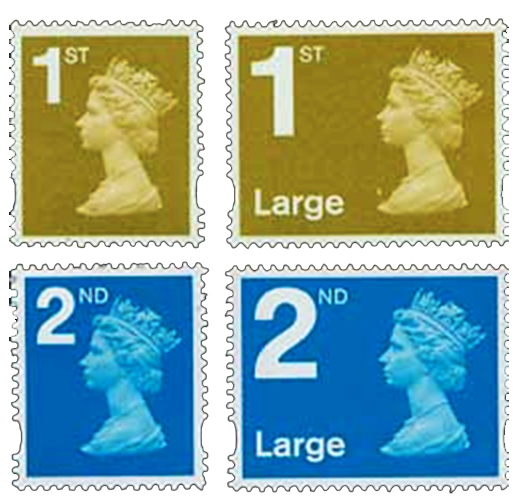
One of the rare British stamps, Penny Black stamps, was first issued in 1840. There was only one kind of postage stamp intended to prepay for ordinary letters. A year later, registered mail was introduced. The British Treasury ruled that 6d fee had to be paid in cash because registration was not classified as a postal service.
In the early 20th century, postage stamp became increasingly available. It was designed to prepay a range of different services. This was when definitive stamps become known.
The value of old postage stamps varies by era and country. Stamps with small value generally cost the smallest unit of currency or the smallest fractional postal rate. Britain has the right to retain the format of Penny Black stamps for the vast majority of definitives.
In 1867, larger sizes of postage stamps have higher values. In 1870 the first ½d stamp was issued. It was half size of a 1d stamp.
Definitive series
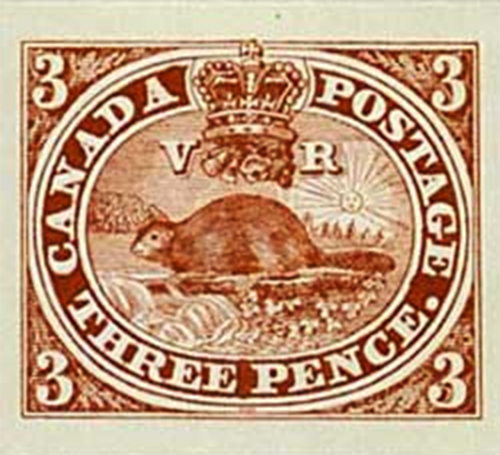
Great Britain made the first postage stamp and the first definitive series stamps. In 1851 Canada made the first horizontal format of stamps and named it Threepenny Beaver. This format was later adopted by New Brunswick in 1860 and USA in 1869.
Innovation of postal stamp format started with New Brunswick. They made the first postage stamp in a diamond-shaped in 1851.
On the other hand, Newfoundland definitive series started in 1857. They adopt square or triangular shapes as well as a larger portrait size with a corresponding landscape format form 1865.
The Cape of Good Hope triangular in 1853 adopted its shape to help semi-literate postal workers in sorting out mails.
Definitive stamps on sale
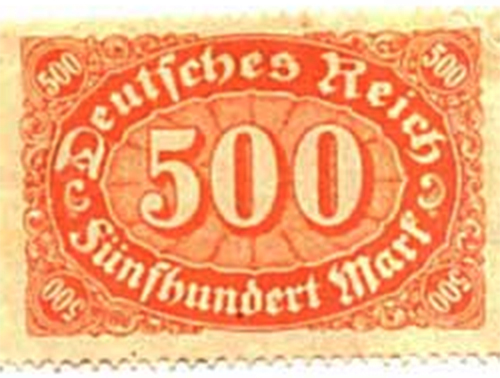
British stamps were printed in 240 sheets. One row of 12 1d stamps is sold at 1s and the full sheet is sold at £1. Countries using sterling currency followed this pattern, but sheets with 100 or 200 were the norm.
In recent years, stamp sheets have been produced in much smaller sheets, specifically in Germany where sheets of ten are now issued with decorative margins.
They also made rare German stamps depicting the same decorative margins. This is a marketing strategy to encouraged philatelists to collect complete sheets rather than single stamps. In United States of America, stamp sheets of 20 and 18 are now common.
American definitives postage portrait
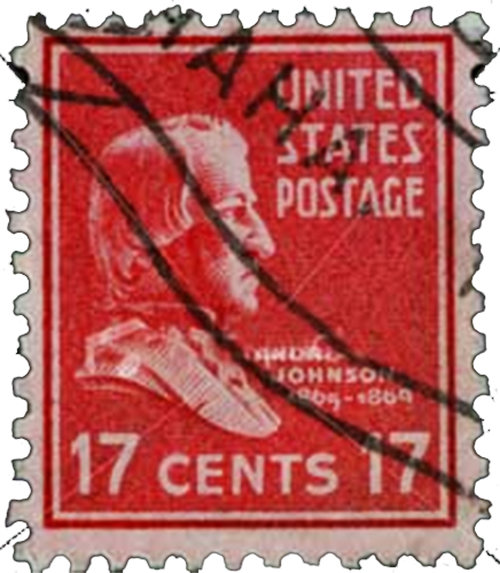
Definitive stamps had broadened its subject matter since past half century. From 1847, American policy was to portray dead presidents, politicians, and occasionally other historic figures like commemorative stamps. The 1918 postage stamp series revived the landscape format. It was first used in 1869 for $2 and $5 stamps depicting Benjamin Franklin.
Benjamin Franklin and George Washington were the first American presidents featured on United States postage stamps. This was expanded in 1922-5 when all denominations from 30c to $5 used horizontal format to show landmarks, scenery, and buffalo.
Stamp series in 1938 again portrayed dead presidents. Denominations from 1s to 22c portrayed presidents of the corresponding number, example the 17th president Andrew Johnson was shown on the 17c stamp. Since 1954 most American definitives broadened the scope of stamp designs to include men and women in many different fields.
Rare postage stamp national themes
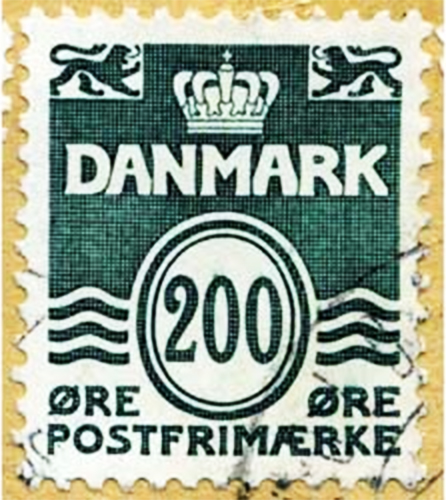
Some monarchial countries like Britain and Spain prefer uniform series with a single portrait of their ruler. As drawn by Henry Corbould, the effigy of Queen Victoria has adorned British stamps since 1967 and hundred varieties of stamps have been issued now.
The definitive stamps of poorer countries have plain and cheap printing methods. Scandinavian countries and Netherland stamp designs were based on numeric values. Their stamps were of low value as well.
In 1871, Norway’s Post horns have been used for a longer period of time. On the other hand, Denmark’s Wavy Lines are not far behind. Stamps with high value stick their design to royal portraits. Republics such as France, Switzerland, and Portugal prefer allegorical figures depicted on stamps.
Pictorial designs and multicolor stamps

Definitives stamp depicting scenery and some occasional fauna and flora became popular since 1890’s. It started in New Zealand, Tonga, and Tasmania. It spread thoroughly to Latin America countries. By 1930’s British and French colonial empires indulged in bicolored pictures.
The introduction of multicolor photogravure and lithography broadened the scope of definitive stamp designs during the postwar era.
Old postage stamps have mixture of subjects as designs but it was developed and adopted a specific theme such as birds, flowers, insects, or wild animals.
Other subjects include the very popular women costumes in Austria, antique furniture in Hungary, coins in Portuguese, and civic arms in Lithuania.

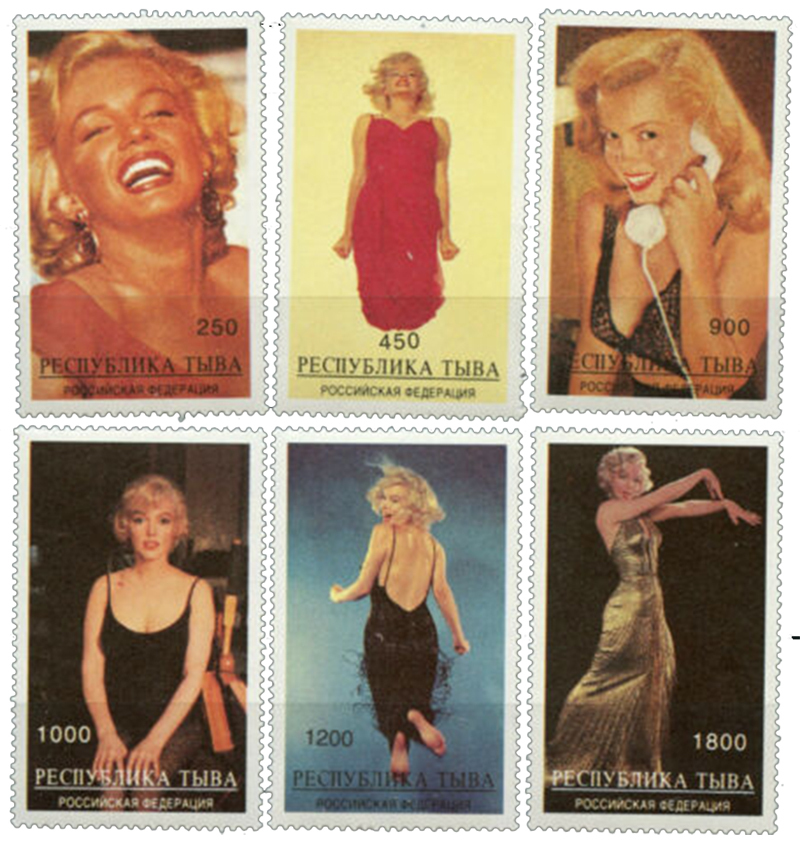
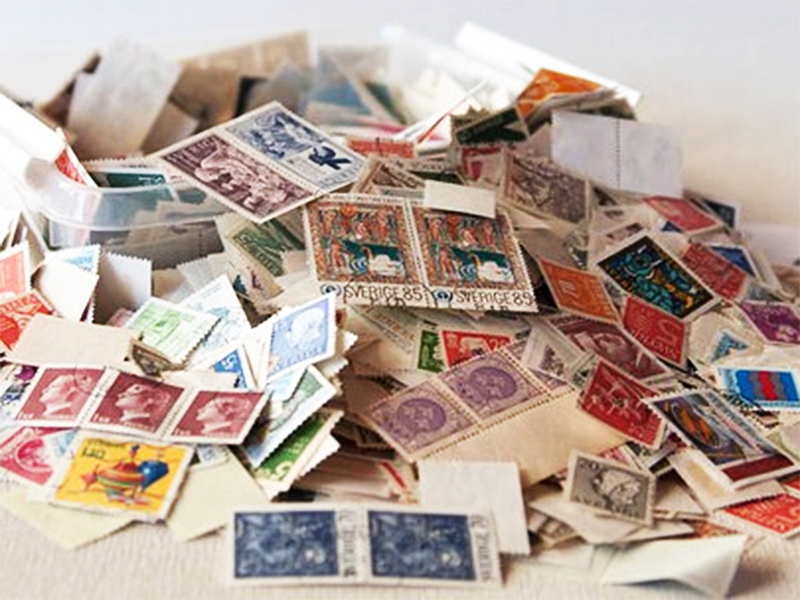
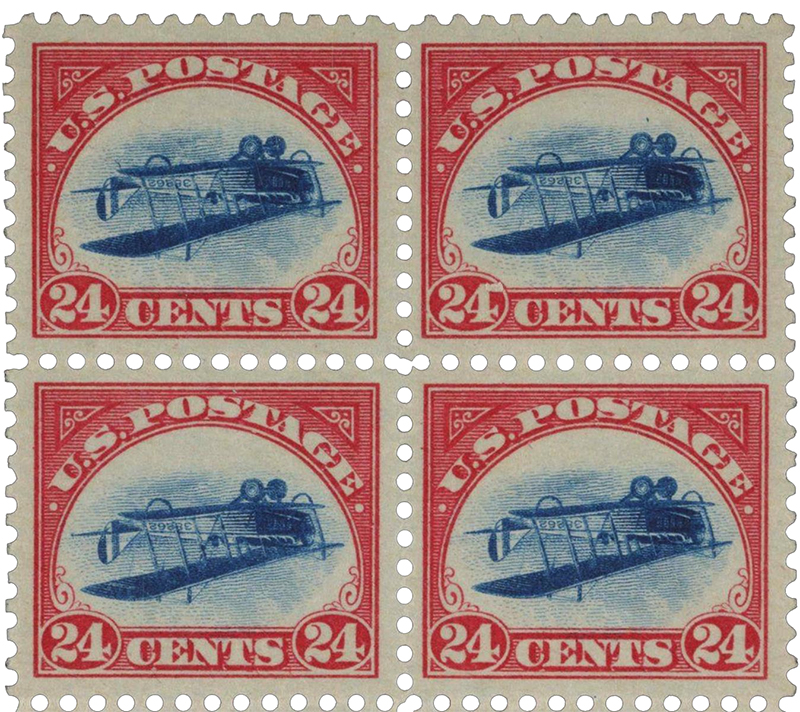
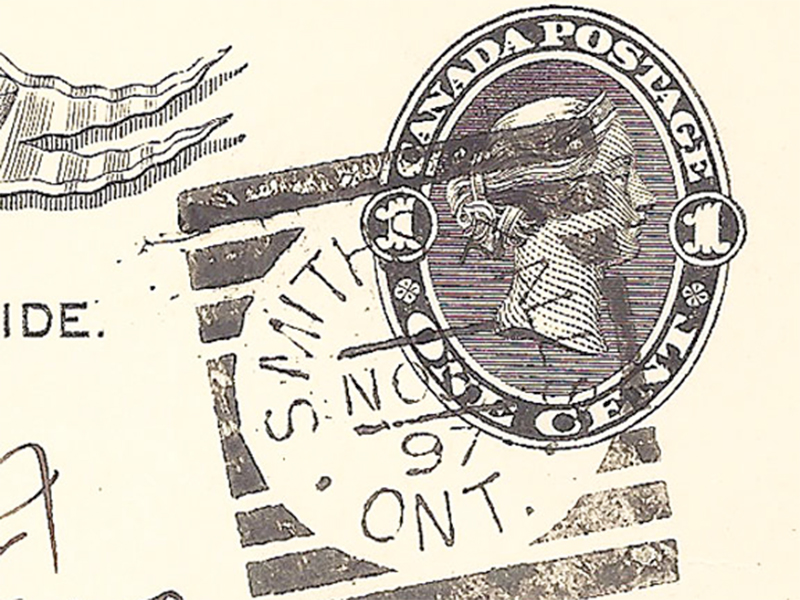
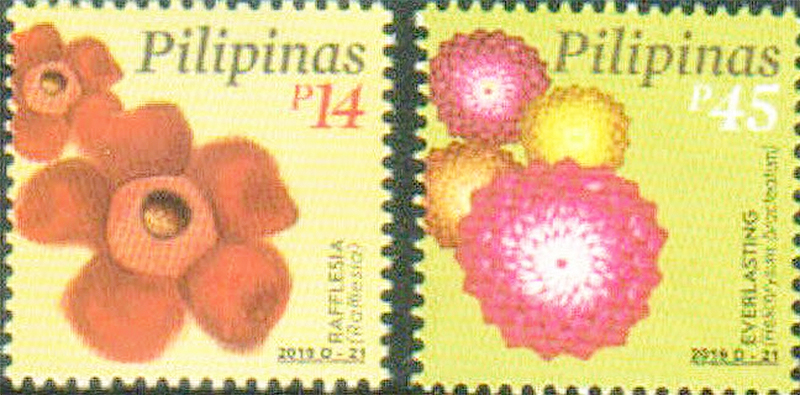
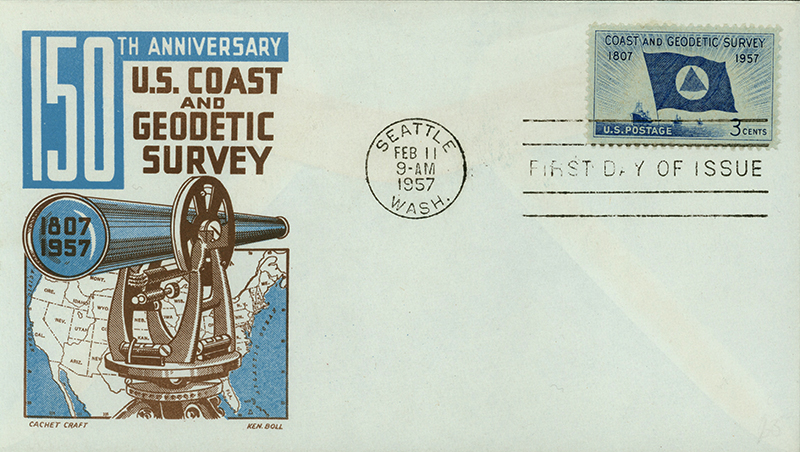



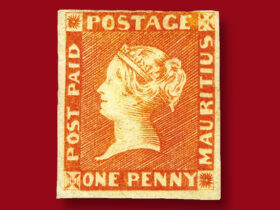
Leave a Reply